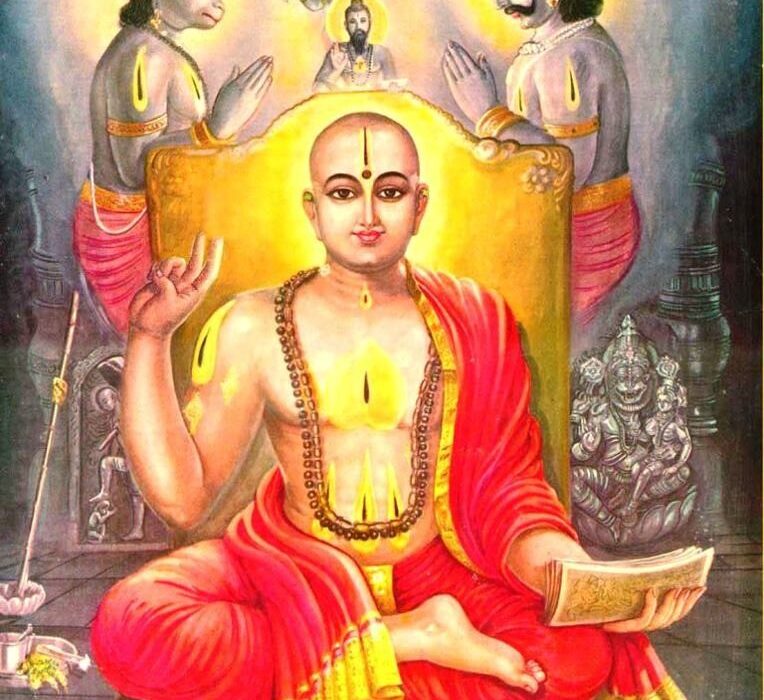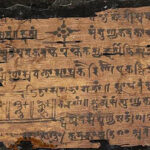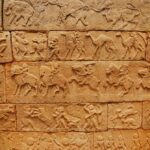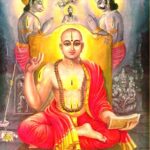Sri Madhvacharya Jayanti: Celebrating the 785th Birth Anniversary of the Divine Acharya
- Vijay Iyer
- October 24, 2023
- 0 Comment
Sri Madhvacharya Jayanti, celebrated as an auspicious day in the Hindu calendar, commemorates the birth of the revered sage Sri Madhvacharya in 1238 A.D. Born near Udupi, Karnataka in South India, Sri Madhvacharya was not just an intellectual giant but also a divine figure considered an incarnation of Vayu, the wind god. His life was marked by extraordinary strength, profound wisdom, and a mission to promote pure theism, battling Sankara’s Mayavada philosophy, thus leaving an indelible mark on Hindu spirituality and philosophy.
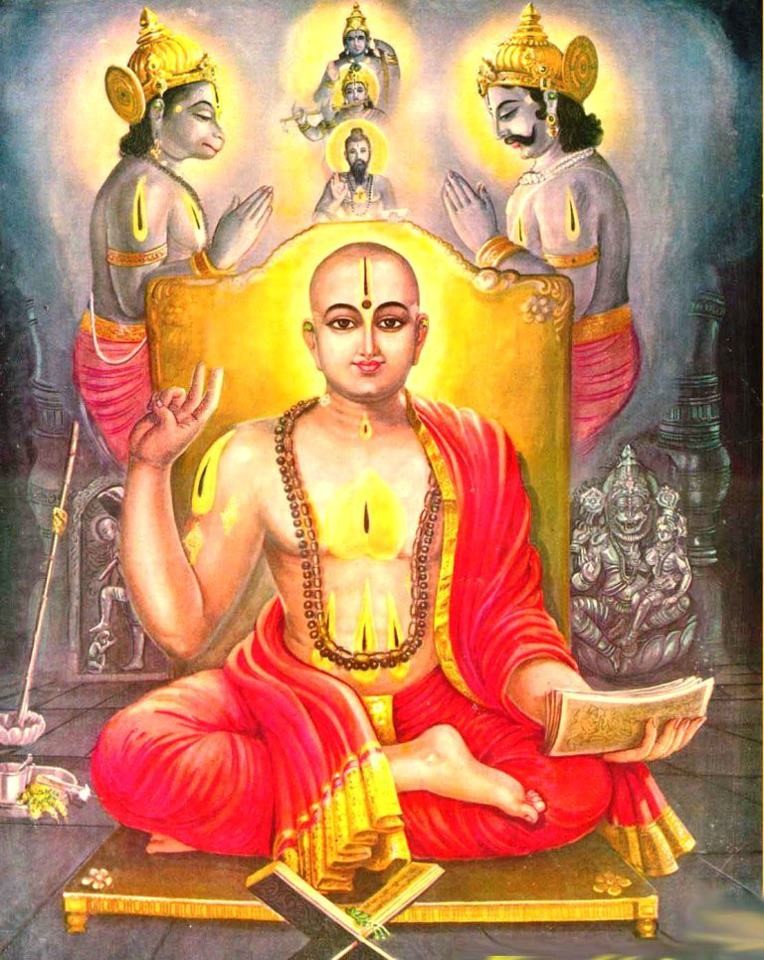
A Divine Wrestler
Sri Madhvacharya’s exceptional attributes were evident in his physical prowess and intellectual acumen. In an awe-inspiring incident, he saved his sannyasa disciple, Satya Tirtha, from a fierce Bengal tiger, wrestling and subduing the beast. This incredible feat demonstrated his connection to the divine.
The Early Journey
At the tender age of five, Sri Madhvacharya took diksha, and at twelve, he embraced sannyasa, leaving his home to fulfill his divine mission. He sought to challenge and defeat Sankara’s Mayavada philosophy, offering a pure interpretation of Vedanta-sutra that promoted the concept of pure theism. He termed his innovative doctrinal exposition as “dvaita-dvaita-vada,” emphasizing pure dualism.
Defending Pure Theism
Sri Madhvacharya passionately defended the essence of his teachings, emphasizing the worship of Lord Vishnu and the rejection of impersonalism. In his own words, he declared, “I shall prove that the worship of Vishnu is the only way, and that no other form of worship is acceptable.”
A Meeting with Shrila Vyasadeva
Sri Madhvacharya’s quest for deeper spiritual realizations led him to the Himalayas, where he had the fortune of encountering Shrila Vyasadeva himself. In this divine meeting, Vyasadeva bestowed upon him a Shalagrama sila named Ashtamurti, approved his Bhagavad-gita commentary, and blessed him with profound insights into the sastras.
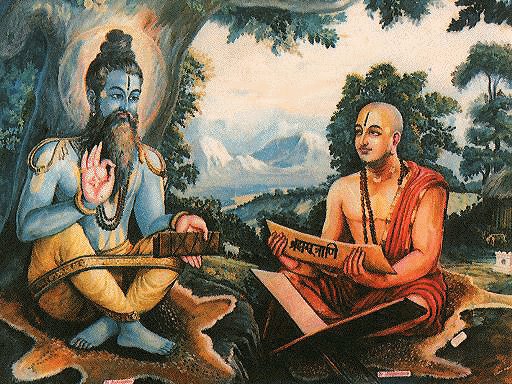
Establishing Udupi Krishna Temple
Sri Madhvacharya played a pivotal role in establishing the Udupi Krishna Temple. He installed a magnificent Deity of Gopala, which manifested from a piece of gopi-candana (sacred clay). Additionally, he established eight mathas (temples) to lovingly serve “Udupi Krishna.” These mathas are led by sannyasi leaders who observe rigorous rituals and maintain impeccable conduct, including observing nirjala (total fast from food and water) on every Ekadashi.
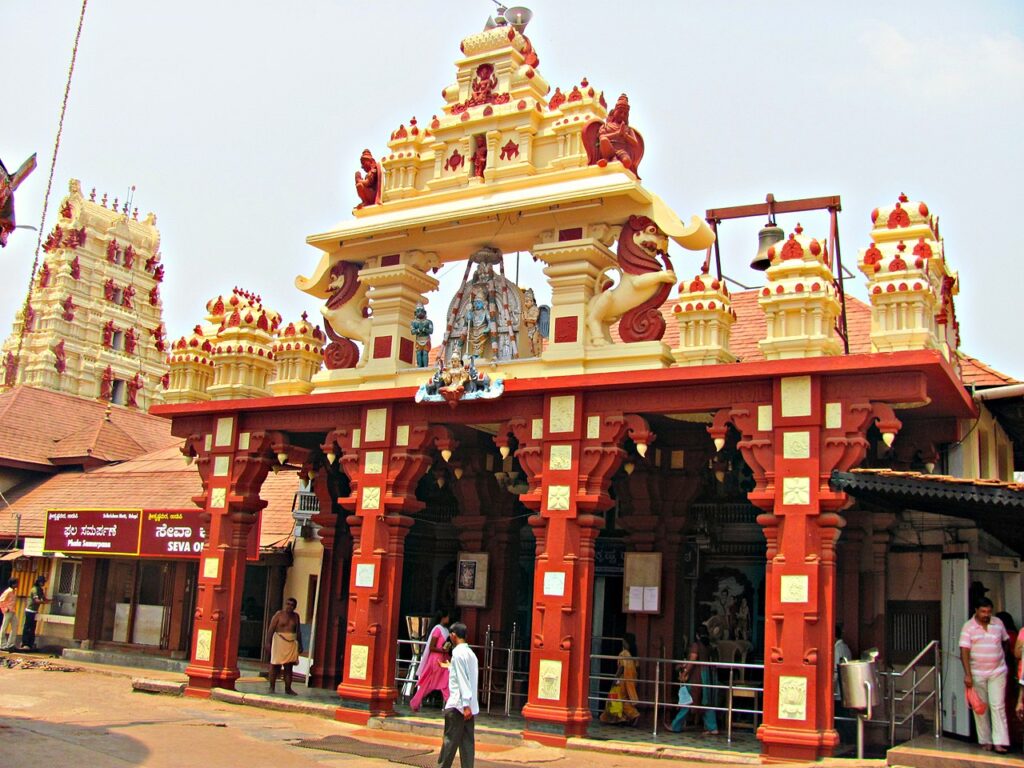
Influence on Gaudiya Vaishnavas
The Gaudiya Vaishnava sampradaya, which originated with the Madhvas, found inspiration in Sri Madhvacharya’s works. Shri Chaitanya Mahaprabhu and His followers extensively studied Madhva’s writings, and Shri Jiva Goswami drew heavily from Madhva’s works for his Sat Sandarbhas. The profound influence of Madhvacharya’s teachings can be seen in the similarities shared by the Madhvas and Gaudiya Vaishnavas, including the importance of surrendering to the guru.
Sri Madhvacharya’s Nine Teachings
Sri Madhvacharya’s nine teachings form the foundation of his philosophy:
- Bhagavan Shri Krishna is the Supreme Absolute Truth.
- He is the object of knowledge in all the Vedas.
- The universe is real (satya).
- The differences between Ishvara (God), Jiva (soul), and Matter are real.
- Jiva souls are servants of Lord Hari.
- There are two categories of jivas: liberated and illusioned.
- Liberation means attaining the lotus feet of Bhagavan Krishna.
- Pure devotional service to Krishna is the path to liberation.
- Truth may be known through direct perception, inference, and Vedic authority.
Sri Madhvacharya Jayanti
Sri Madhvacharya’s birth anniversary, Sri Madhvacharya Jayanti, serves as a reminder of his profound contributions to Hindu philosophy and spirituality. His teachings continue to inspire and guide spiritual seekers on the path of pure theism. On this sacred occasion, let us reflect on the enduring legacy of this divine sage and the timeless wisdom he shared with the world.
“Brahmaantha Guravah Saakkshaatt Ishtam Daivam Sriyah pathihi Aachaaryaa SriMadaachaaryaa Santhume Janma Janmani.”
Read More: Elections in Ancient Tamilnadu: A Glance at the Democratic Tradition



